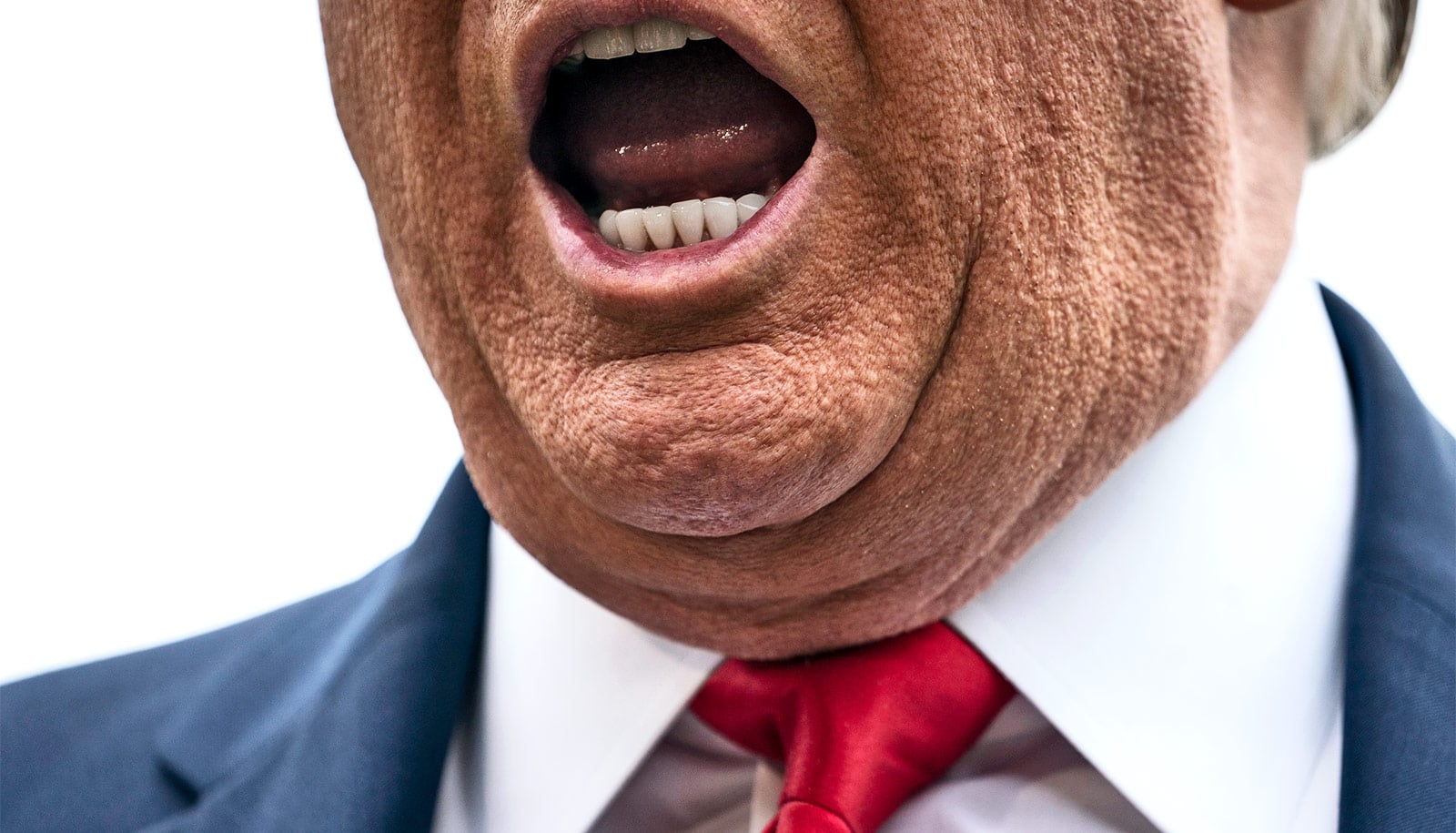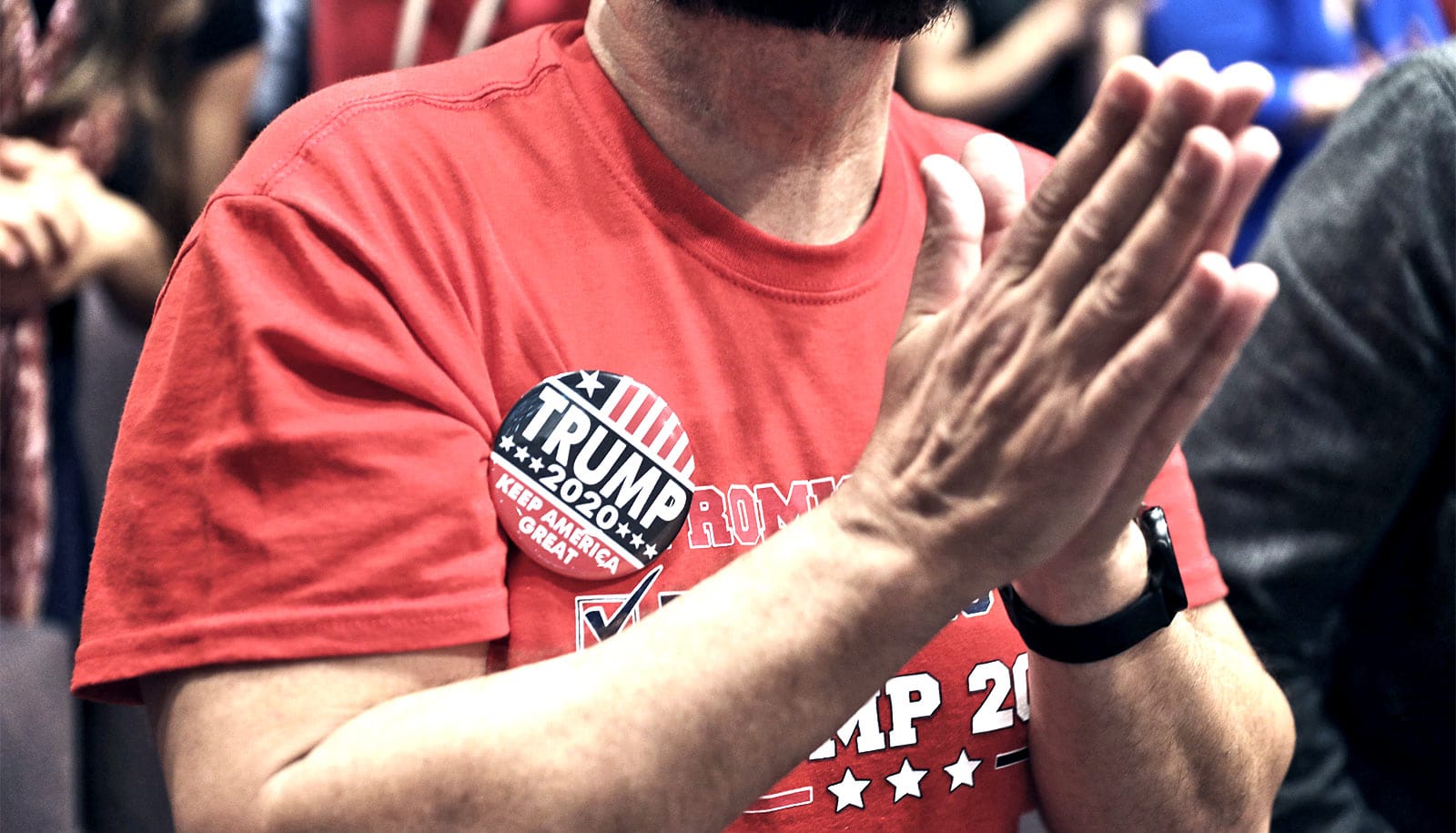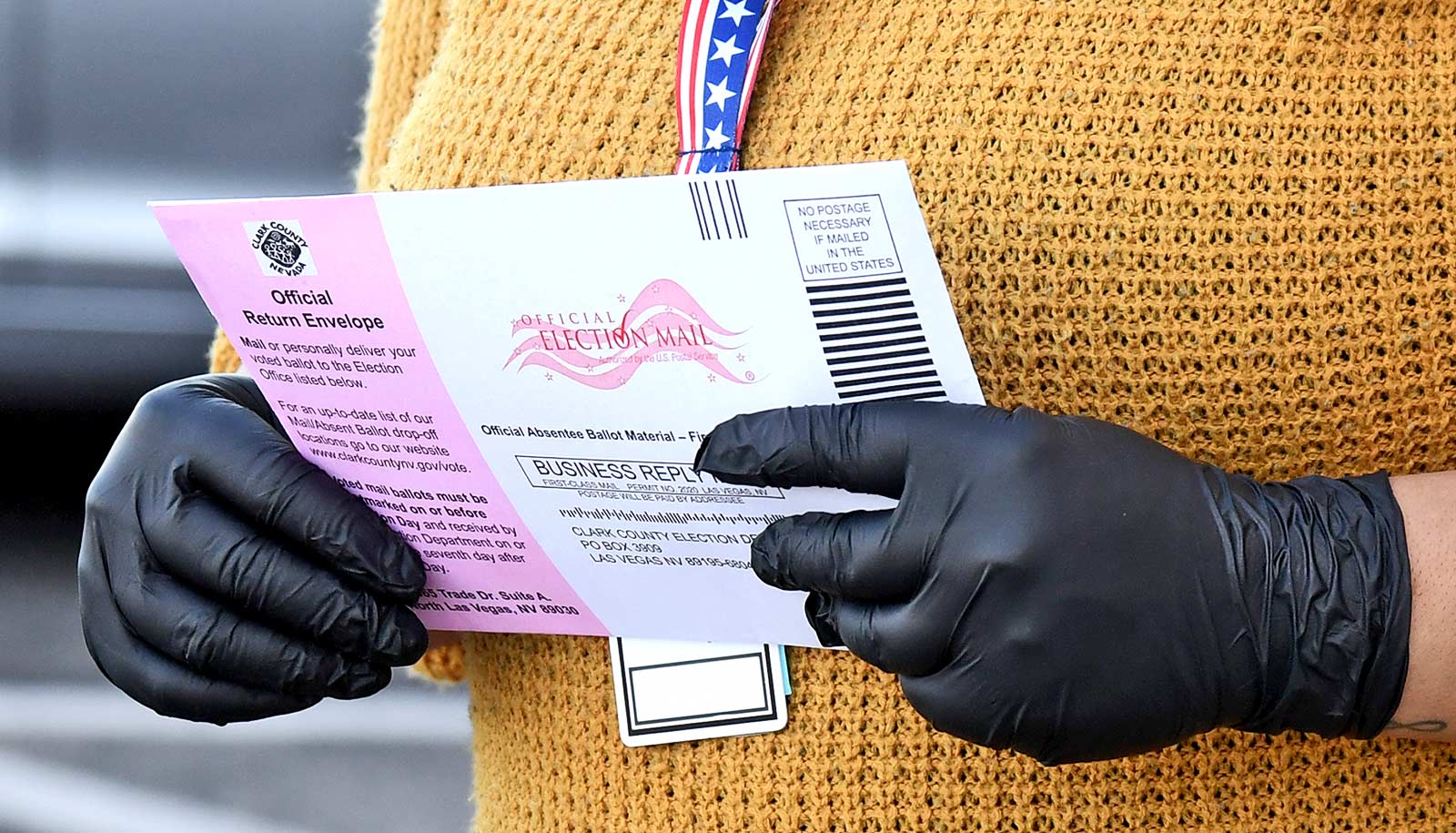In the run-up to the presidential election, Janet McIntosh argues President Donald Trump speaks to his base of voters using coded language.
McIntosh is a professor of anthropology and co-editor of the book Language in the Trump Era: Scandals and Emergencies (Cambridge, 2020).
All language is code of sorts, but Donald Trump and his base often act as if they have their own signals, interpreting the same presidential utterances in very different ways from his critics.
One such form of code appears when Trump drops what seem like non sequiturs into his debates and media appearances.
Consider, for instance, his several allusions to Sidney Blumenthal in a debate with Hillary Clinton. To many liberals and progressive observers, such interjections sounded incoherent, sending the mainstream media scrambling to decipher their relevance. To the right, though, these abbreviations cannily invoked narratives about liberal malfeasance that had already been circulating.
Watchers of Fox News and readers of Breitbart already knew Sidney Blumenthal to have been a close associate of Hillary Clinton’s who urged journalists to look into Obama’s ties to Kenya, supposedly giving birtherism more credibility.
In his September 29 debate with Joe Biden, Trump remarked that, “Bad things happen in Philadelphia, bad things,” thinly veiled code for right-wing anxieties that swing states will be tipped by left-wing voter fraud. Trump thus nudged his base with a collusive wink: “You and I know what’s really going on, and I’ve got your back.”
Then there are Trump’s dog whistles. These are provocations superficially not about race but deeply exciting for his racist supporters.
On the 2015 campaign trail, for instance, Trump mocked Mitt Romney for politically “choking” in competition with Obama by wrapping his hands around his own neck with his tongue out, saying, “I can’t breathe, I can’t breathe!” This “imitation” of Romney was a thinly veiled, mocking allusion to Eric Garner’s last words during his death by choking at the hands of a police officer the year before.
Yet Trump often wiggles away from charges of racism, sexism, and incitements to bigoted violence because he encodes many of his messages in the garb of plausible deniability.
Rather than state outright support of the historically deadly notion of “race science,” Trump whipped a nearly all-white crowd into triumph by saying, “You have good genes in Minnesota.” Instead of explicitly authorizing violence against Black Lives Matter protesters, he says, “When the looting starts, the shooting starts.” He didn’t tell white supremacist militias to take action if his re-election seems to be in jeopardy; he told them to “stand back and stand by.”
By sticking to simplistic, context-free interpretations of what he’s says, Trump can make a case, and often has, that such inflammatory statements are more innocuous than how his base interprets them.
Trump has so often used these codes that some white supremacists have gone the way of QAnon conspiracy theorizing. These white supremacists are closely parsing Trump’s tweets for secret messages, thinking, for instance, that his announcement that he and Melania had COVID-19 and would get through it “together” indicated Hillary Clinton would be arrested at last—”to-get-her,” get it?
But such desperate hunts for clues attribute too much crypto-sophistication to Trump. What Trump is really saying has been tragically closer to the surface all along.
Source: Brandeis University



